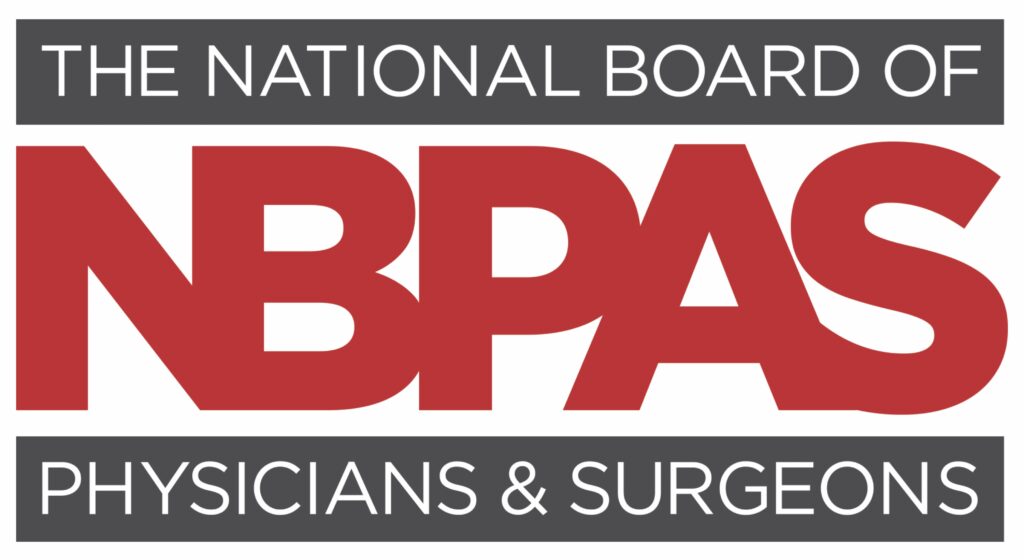
Let’s be real—vaginal dryness after menopause isn’t a “talk-about-it-over-coffee” topic, but it should be. It’s one of the most common yet least discussed symptoms women face during and after menopause. And it’s more than just a nuisance—it affects intimacy, daily comfort, and even urinary health.
If you’re one of the millions of women dealing with this issue, here’s the good news: effective, science-backed solutions exist. And you don’t have to settle for discomfort or feel embarrassed to seek help.
This guide breaks down the best treatments for vaginal dryness after menopause—no fluff, just facts and results.
TLDR – Quick Guide
- Vaginal dryness is common post-menopause due to a drop in estrogen.
- Treatments include hormonal and non-hormonal options.
- Over-the-counter lubricants and moisturizers can offer temporary relief.
- Prescription therapies like vaginal estrogen or DHEA are more long-term fixes.
- Laser therapy and radiofrequency treatments are rising in popularity and efficacy.
Detailed Breakdown: Treatments for Vaginal Dryness After Menopause
1. Vaginal Estrogen Therapy
This is the gold standard treatment. Low-dose estrogen is delivered directly to vaginal tissue via creams, tablets, or rings. Unlike systemic hormone therapy, this localized treatment minimizes risks and targets dryness at the source.
Why it works: Estrogen rebuilds vaginal tissue and boosts natural lubrication.
Brands to know: Premarin, Estrace, and Vagifem.
2. DHEA (Dehydroepiandrosterone) Suppositories
FDA-approved and marketed as Intrarosa, this treatment helps restore vaginal tissue using a steroid that converts to estrogen and testosterone within the vaginal cells.
Why it works: Improves elasticity, moisture, and reduces painful intercourse.
Here’s more from WebMD on Intrarosa
3. Non-Hormonal Moisturizers & Lubricants
OTC solutions like Replens, Hyalo GYN, and aloe-based gels offer quick but temporary relief. Use moisturizers regularly (every few days) and lubricants before sex.
Why it works: Adds moisture but doesn’t address the underlying hormonal changes.
Check out this ACOG guide
4. Laser & RF Therapy
Devices like MonaLisa Touch or ThermiVa use energy-based technologies to stimulate collagen and rejuvenate vaginal tissue.
Why it works: Non-invasive and great for women who can’t or won’t use hormones.
5. Systemic Hormone Therapy (When Appropriate)
Systemic estrogen therapy (pills, patches) may help if vaginal dryness coexists with other menopausal symptoms like hot flashes or mood swings. It’s typically not the first choice just for dryness.
Why it works: A broader approach to menopause management.
Key Takeaways
- Vaginal dryness after menopause is common but highly treatable.
- Vaginal estrogen is the most effective localized treatment.
- DHEA suppositories provide hormone support without systemic effects.
- Non-hormonal options and lifestyle changes can help if hormones aren’t a fit.
- Always consult a provider to find the best personalized treatment.
FAQs
What causes vaginal dryness after menopause?
A drop in estrogen levels causes thinning and drying of the vaginal walls, leading to discomfort, itching, and pain during sex. It’s a biological shift—not a personal failing.
Are there natural remedies that help?
Natural oils like coconut oil or aloe vera can provide some relief, but they don’t treat the root hormonal cause. They’re better for temporary lubrication than long-term tissue restoration.
Is vaginal estrogen safe?
For most healthy women, yes. Since it’s localized, systemic absorption is minimal. Still, consult a healthcare provider, especially if you have a history of breast cancer.
How long does it take for treatments to work?
OTC lubricants work immediately. Hormonal treatments (like estrogen or DHEA) typically show improvement in 2–4 weeks, with full benefits in 2–3 months.
Can vaginal dryness affect relationships?
Absolutely. It can lead to discomfort during intimacy and emotional strain. But with open communication and the right treatment plan, many couples regain both comfort and connection.

